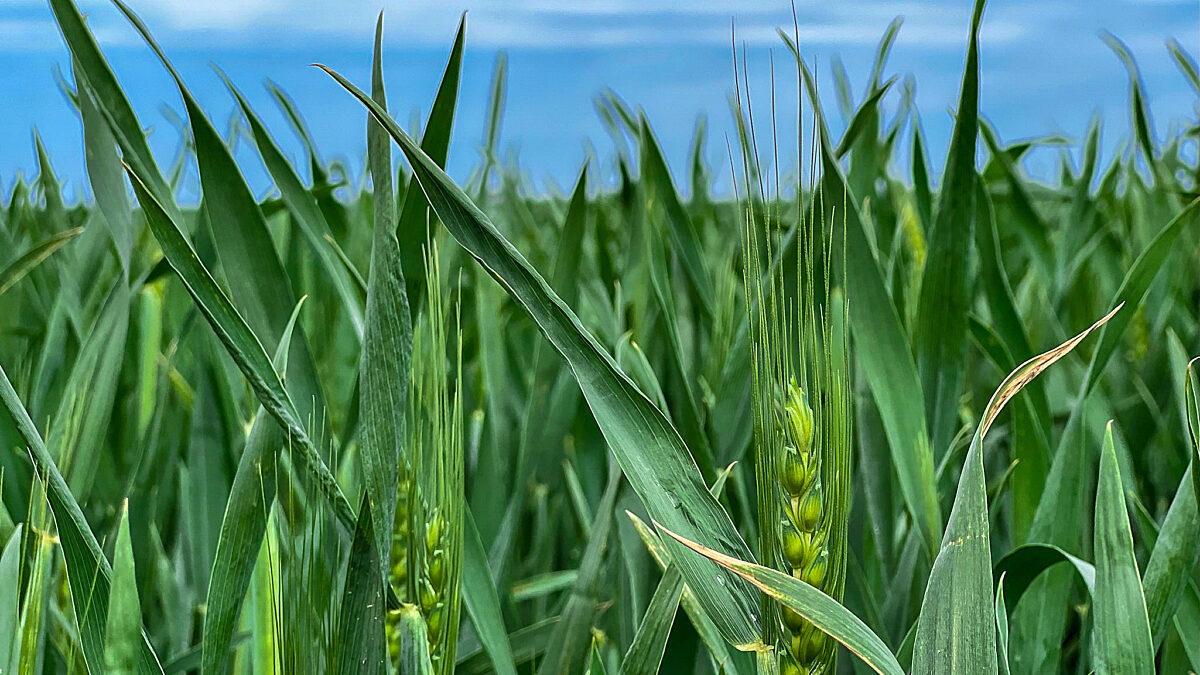Setting the Record Straight: Daylight Saving Time and Farmers
TOPICS
EnergyGuest Author
Special Contributor to FB.org

photo credit: AFBF Photo, Mike Tomko
Guest Author
Special Contributor to FB.org
By Ray Atkinson @RayAtkinson
On Sunday, March 14, at 2 a.m., we’ll all set our clocks ahead one hour for Daylight Saving Time, the annual springtime ritual that gives us an extra hour of sunlight in the evening. First enacted by Congress in 1918, Daylight Saving Time has been with us for almost a century, but through the years there have been a lot of misconceptions about why it was adopted and who’s responsible.
One of the leading authorities on Daylight Saving Time was Tufts University professor Michael Downing. He literally wrote the book on Daylight Saving Time and was widely cited by national media including The Washington Post, National Geographic and The History Channel.
In his book Spring Forward: The Annual Madness of Daylight Saving Time, Downing said that DST was first proposed as a way to save energy, but since then many people have mistakenly attributed it to farmers.
DST was first proposed as a way to save energy, but since then many people have mistakenly attributed it to farmers.
“… I asked a lot of people if they understood exactly what we’d done to our clocks, or why,” Downing wrote. “No one did, but a lot of them blamed the farmers. None of us actually knew any farmers. And if we talked about it for any length of time, most of us realized we didn’t know why farmers would want to delay the time of sunrise from April through October, when everyone in the Northern Hemisphere enjoys later sunsets than, say, in January. ‘Because they don’t need more sun in January. Farmers don’t farm in the snow,’ explained one friend. Which made sense until he added, ‘Of course, it doesn’t snow much in Texas or Florida.’”
In a 2005 op-ed in The Boston Globe, Downing recounted how a group of farmers in Massachusetts took their opposition to Daylight Saving Time all the way to the Supreme Court.
“In 1921, [Massachusetts] lawmakers passed a statewide daylight saving law – the only one in the nation for more than a decade. This distinction did not please Bay State farmers. They sued the state, demanding a return to Standard Time and compensation for financial losses. The case was ultimately settled by the U.S. Supreme Court. In 1926, the farmers lost on both counts.”
In a Tufts University video titled “Why do we have daylight saving time?” Downing concluded:
“Since 1966, every 20 years Congress gives us another month extending the period of Daylight Saving. We’re now up to eight months. So Standard Time we only have for four months a year, which tells us that literally speaking Daylight Saving has become our standard time. I don’t think it’s ever going away.”
Daylight Saving Time may indeed never go away. But maybe one day the sun will set on the idea that it started with farmers.
Ray Atkinson is director of communications at the American Farm Bureau Federation. AFBF does not have an official policy position on Daylight Saving Time.
Trending Topics
VIEW ALL